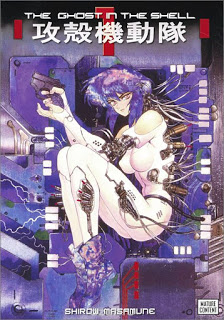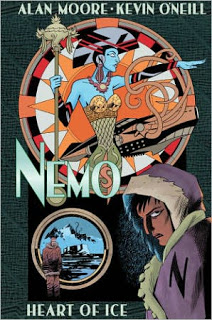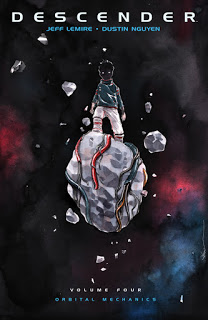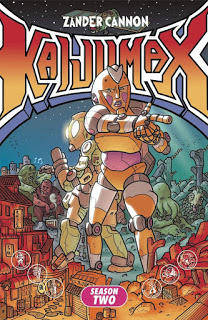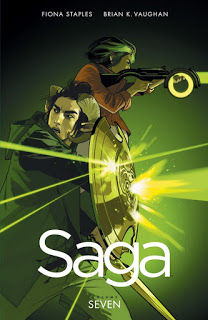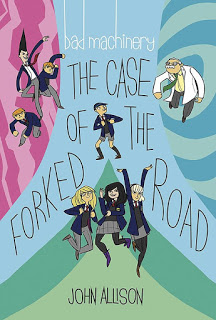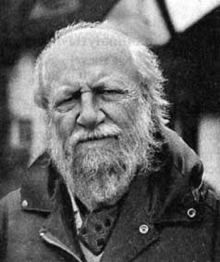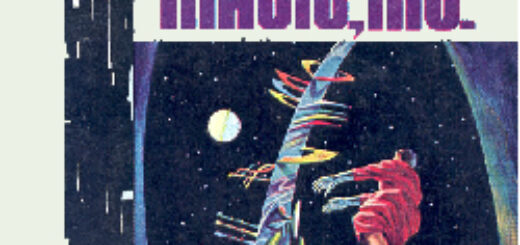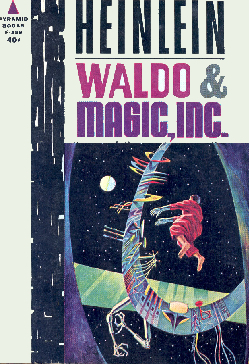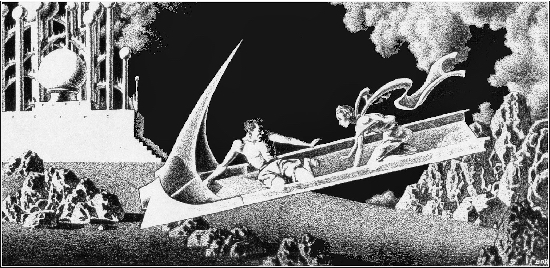Book-A-Day 2018 #100: The Ghost in the Shell by Masamune Shirow
People will tell you that The Ghost in the Shell is a single story, about a cyborg cop in a complex future Japan and her pursuit of a mysterious AI called The Puppeteer. They are lying to you.
Oh, that thread is here, and the very last installment here sees the conclusion of that story. It’s a plausible lie, like all the best ones.
But Ghost in the Shell is three hundred and fifty pages of comics, across eleven long chapters, and most of those chapters are individual episodes of our heroine murdering lots of people because the government tells her to. Puppeteer comes in during one of those murder sprees earlier in the book, and then returns in the aftermath of yet another kill-that-guy mission for something like an ending.
There is a lot of pseudo-philosophical talk about brains and bodies, and a whole lot of skiffy bafflegab — which I think was not translated as crisply and clearly as it should have been — about the cyberpunk details of the technology here. But that’s not nearly as unique as Ghost‘s boosters pretend it is — or as coherent.
Of course, we do have to remember that Ghost started serialization in 1989 and was collected in 1991 — cyberpunk wasn’t new at that point, true (in fact, I think “Vincent Omniveritas” had declared it dead several years before), but Ghost showed that cyberpunk was going global and infiltrating new media. If you think of it as an ’80s cyberpunk comic, Ghost is pretty good — it has a complex, lived-in world, lots of interesting technology turned to criminal and/or destructive purposes, and a deeply jaundiced view of anyone in power. Masamune Shirow might have been working on the other side of the world, in a different language, and a different medium than the first wave of cyberpunks, but he could see what was important in that mode and turn it into the stories he wanted to tell.
The street finds its own use for things, as they say.
In this case, it’s the story of a cyborg mass-murderess, who is our heroine because she kills people the government aims her at, and we still thought that was good enough in the ’80s. (She does get in trouble near the end for her bloody work, but only because she was unfortunate enough to do it where a camera could see it — the killing itself is never questioned for a second, by anyone in the book.)
As you might guess, I found it a lot to swallow. Oh, not that a government would have a secret assassin — that’s traditional enough in this kind of story. Maybe a bit that she’s part of a big squad with a code number ending in nine — explicitly shown to be one of a series of similar teams with mostly non-overlapping opportunities for mass murder — which implies a level of bloodthirstiness that seems unlikely to be sustained for very long, even in a country as full of targets as Japan. Mostly because Major Motoko Kusanagi never really becomes a person: she’s a collection of standard manga reactions and poses, there to be in the middle of the action and do Cool Stuff. Her entire personality is “dangerous sexy manga chick.”
Again, 1989 was another world — Japan doubly so, manga triply so. But, coming to Ghost in the Shell now, it does not look terribly impressive.
![]()
![]()
Reposted from The Antick Musings of G.B.H. Hornswoggler, Gent.

